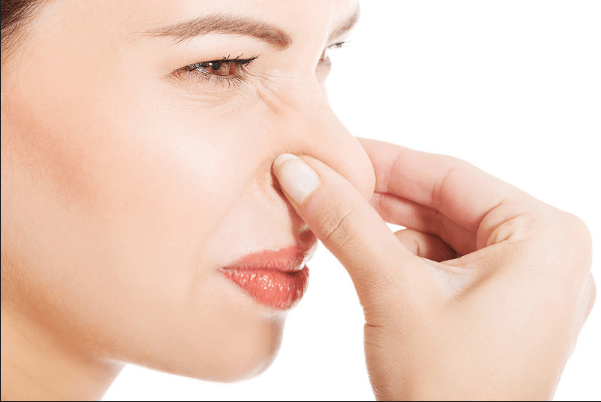The human body, unfortunately, releases unfavorable bodily smells every single day. Whether it’s from our mouths (mouth breath) or from our feet (foot odor), body odor is a very natural part of our lives, but thankfully, there are many products that serve to mask or remove these natural smells available for purchase.
Image Source: i love images
In particular, deodorants and antiperspirants are commonly used across both genders because the sweat ducts in our armpits excrete odorous sweat throughout the day. Interestingly, it isn’t the sweat that gives off the foul stench: it’s three chemical compounds that are blameworthy. Two organic compounds, 3-methyl-2-hexenoic acid and 3-hydroxy-3-methylhexanoic acid, which do not contain sulfur, produce a goat-like and cumin-like scent, respectively, while 3-methyl-3-sulfanylhexan-1-ol (and other sulfur-containing organic compounds) contributes an onion-like aroma to sweat.
Although the two words are used interchangeably, deodorants kill the odor-causing microbes found in our armpits to remove the cause of the foul smell, while antiperspirants work to reduce the amount of sweat we release by temporarily blocking sweat glands. Deodorants and antiperspirants come in a variety of types with ranging scents and strengths. Many people prefer the traditional white solid stick type, but there are also roll-ons, clear gels, aerosol sprays, the less popular sprays, creams, and even an alum stone for those who prefer using a more natural method.
But whether you prefer to swipe or spray, you should first find out if you even need deodorant or antiperspirant! Although it is considered a social norm to use some form of underarm protection and many people believe it to be a step in maintaining personal hygiene, the truth is that not everyone needs deodorant. Seventy-eight percent of people who do not produce armpit odor still use deodorant on all or most days, wasting an average of 272 sticks of deodorant in a lifetime. People with a rare genetic variant in the ABCC11 gene do not produce underarm odor and thus do not need to use deodorant. A simple gene test is needed to find out if you have this variant, but an inexact indicator is earwax consistency. People with the ABCC11 gene variant have dry earwax instead of sticky earwax, so checking your ear wax might be an easier and cheaper option.
All in all, depending on your needs and preferences, a variety of deodorants and antiperspirants are available in the market. If you’re one of the lucky people who have an ABCC11 gene variant, know that you can save a couple bucks and stop purchasing deodorants; because your sweat doesn’t have a foul odor, there’s no need for such underarm protection.
Feature Image Source: Flickr by: Aqua Mechanical










